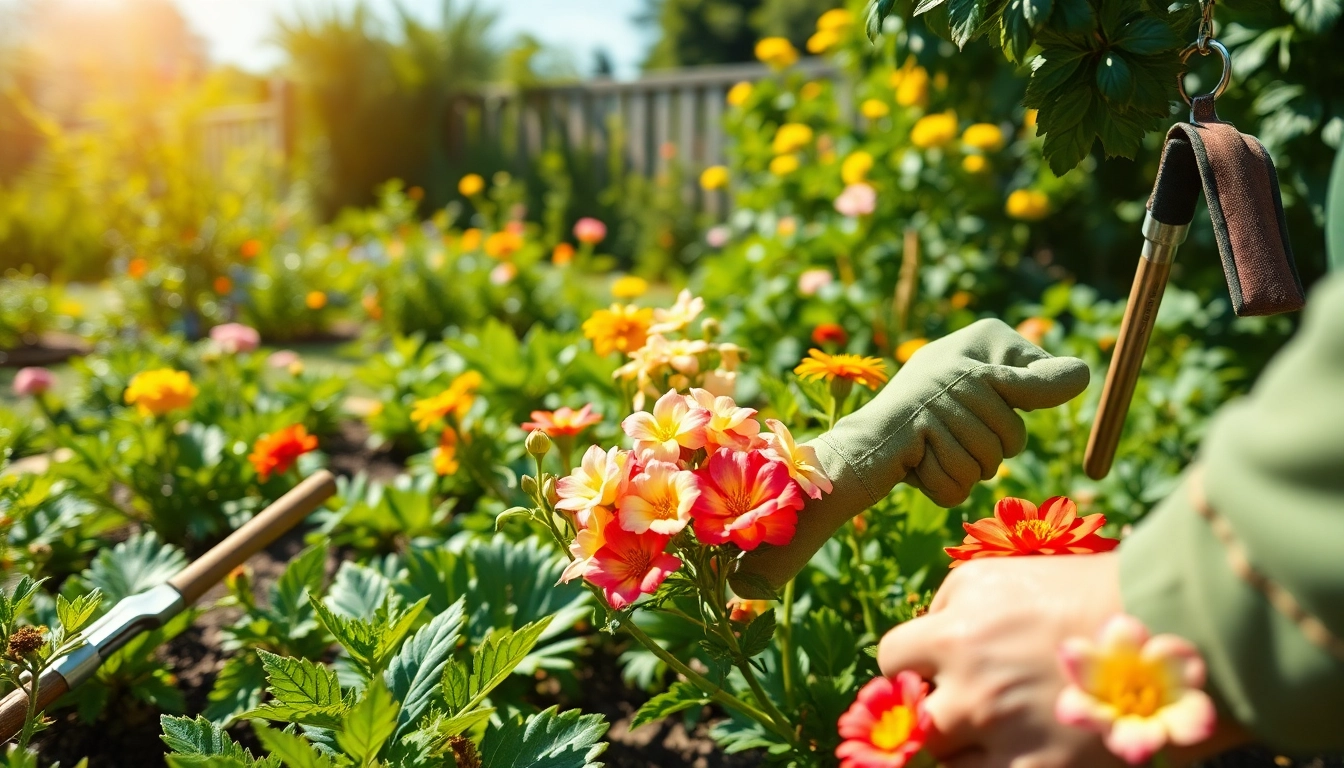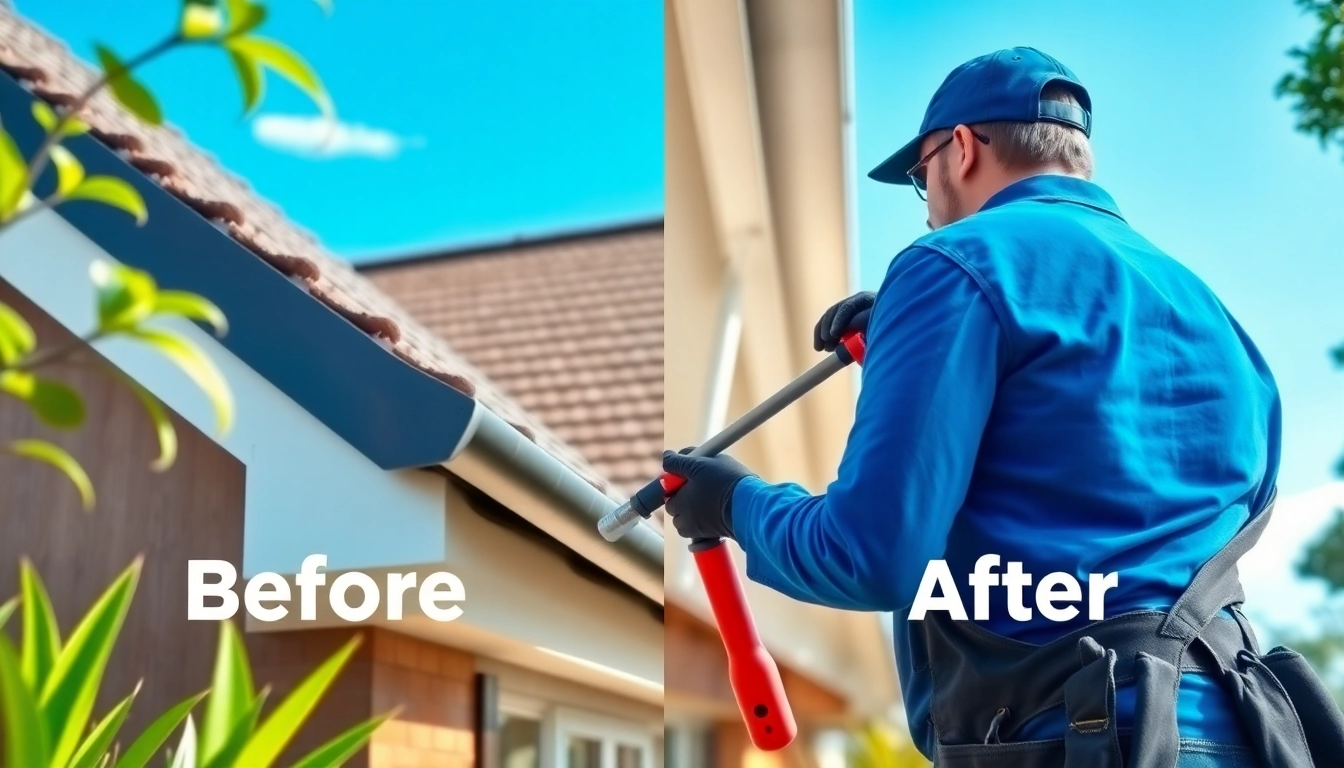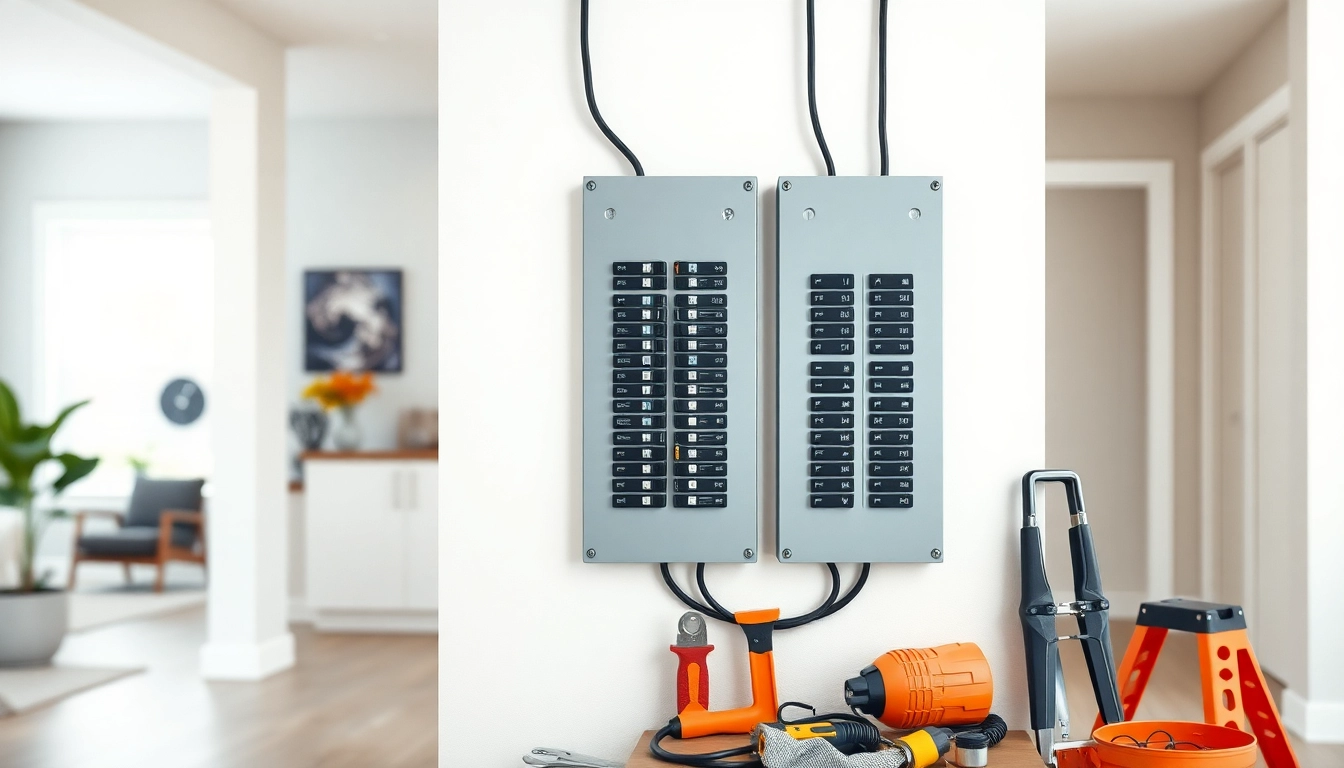Understanding Garden Maintenance Services
A flourishing garden is often a reflection of dedication, care, and expertise—but achieving such excellence can be a significant commitment of time and labor. Many homeowners opt for a garden maintenance service to ensure that their outdoor spaces not only look pristine but also thrive ecologically. In this article, we will delve into the nuances of garden maintenance services, the reasons behind their importance, and key services provided by professionals in the field.
What is Garden Maintenance?
Garden maintenance refers to the process of maintaining and enhancing the health, appearance, and sustainability of garden spaces over time. This can include a wide array of tasks—ranging from routine lawn care, pest management, and pruning to more intricate aspects such as soil health management and landscape design. The objective is to create an outdoor space that is not only beautiful but also functional, offering environment-friendly solutions that contribute to local biodiversity.
Importance of Regular Maintenance
The significance of regular garden maintenance cannot be overstated. For one, routine care helps prevent common garden problems that can escalate if left unchecked, such as weeds overgrowing, plant diseases spreading, and pest infestations occurring. Moreover, well-maintained gardens can improve property values, enhance the aesthetic appeal of the home, and offer a tranquil escape for the homeowner and their family. Furthermore, fostering biodiversity by maintaining healthy plants can lead to beneficial ecosystems, promoting pollination and natural pest control.
Key Services Offered by Professionals
When selecting a garden maintenance service, homeowners should be aware of the various services offered by professionals. Common services include:
- Lawn Care: Regular mowing, aeration, fertilization, and seed application ensure a lush, healthy lawn.
- Pruning and Trimming: Seasonal pruning of trees and shrubs to encourage healthy growth and maintain shape.
- Pest Control: Professionals provide integrated pest management solutions to mitigate infestations safely.
- Weed Management: Regular weeding routines using both chemical and organic methods to control invasive plant species.
- Soil Health Testing: Testing the soil for pH levels, nutrient deficiencies, and amendments to enhance growth.
- Seasonal Clean-Up: Tidying up gardens at the end of the season, removing dead plant material, and preparing for the next growth cycle.
Choosing the Right Garden Maintenance Service
With numerous service providers available in the market, choosing the right garden maintenance service can be daunting. Understanding your specific needs and evaluating providers carefully is essential to ensuring the success of your garden. Here are some crucial tips.
Evaluating Service Providers
Start by conducting thorough research on potential garden maintenance services. Look for providers with strong reputations, verified reviews, and portfolios showcasing their work. Ask for recommendations from friends or neighbors and explore online platforms where service providers are reviewed. Ensure that the professionals you are considering carry the necessary licenses and insurance. Checking their experience with similar garden styles and types can also influence your decision.
Questions to Ask Your Potential Gardener
When meeting with potential gardeners, asking the right questions can provide clarity on their services, expertise, and working methods. Essential questions may include:
- What specific services do you offer?
- Can you provide references from past clients?
- How do you handle pest management?
- What is your approach to maintaining eco-friendly practices?
- How often will you visit for maintenance, and what is your procedure for emergency visits?
- Do you have a work guarantee or warranty for your services?
Understanding Pricing and Packages
Pricing can greatly vary based on several factors including garden size, type of services required, and frequency of maintenance. It’s recommended to request a detailed estimate outlining all costs involved, including any one-time fees or ongoing charges. Many services offer packages that combine multiple offerings at a discounted rate, making it beneficial for homeowners to evaluate these options. Make sure to clarify what is included in the package and whether there are any additional costs for unforeseen services.
Common Challenges in Garden Maintenance
Like any endeavor, maintaining a garden comes with its own set of challenges. Understanding these challenges can help homeowners mitigate risks and foster resilient garden spaces.
Pest Control and Prevention
Pest infestations are among the most daunting issues faced by gardeners. Effective pest control and prevention start with understanding the life cycles of common pests in your area. Integrated pest management (IPM) techniques combine biological, cultural, physical, and chemical strategies to minimize pest damage. Preventive measures include maintaining healthy soil, selecting native plants that are naturally resistant to pests, and encouraging beneficial insects that prey on harmful species.
Seasonal Changes and Their Impact
Gardens are dynamic ecosystems that react to seasonal changes, impacting growth patterns and care requirements. Each season presents unique challenges—spring may bring rapid growth and weeds, summer heat can stress plants, fall may require significant cleanup, and winter presents threats of frost damage. Tailoring maintenance schedules and tasks according to the time of year ensures that the garden remains healthy throughout the year.
Time-Saving Maintenance Tips
Time can often be the enemy of effective garden maintenance. Here are several time-saving techniques that help keep gardens productive with minimal effort:
- Utilize mulch to suppress weeds and retain soil moisture, reducing the need for frequent watering.
- Implement drip irrigation systems for efficient watering.
- Limit the use of high-maintenance plants. Opt for drought-resistant and native species that thrive in local conditions.
- Regularly sharpen garden tools to make cutting and trimming tasks more efficient.
Best Practices for DIY Garden Maintenance
While hiring professionals can alleviate burdens, many homeowners also enjoy the hands-on aspects of maintaining their gardens. Implementing best practices can enhance the efficacy of DIY maintenance efforts.
Essential Tools for Efficient Maintenance
Investing in the right tools is crucial for effective and efficient garden maintenance. Some essential tools include:
- Hand Tools: Trowels, pruners, and weeding forks are indispensable for small-scale tasks and precision work.
- Lawn Equipment: A reliable lawn mower, string trimmer, and edger help maintain a neat lawn.
- Composting Equipment: A compost bin can recycle yard waste and kitchen scraps into nutrient-rich soil amendments.
- Irrigation System: Depending on the size of your garden, a soaker hose or drip irrigation system can save significant time and water.
Best Times for Planting and Pruning
Timing plays a crucial role in the success of garden maintenance activities. Different plants have preferred schedules for planting and pruning based on growth cycles and seasonal changes:
- Spring is ideal for seeding and transplanting as temperatures rise.
- Summer should focus on monitoring growth, watering, and deadheading flowers.
- Fall is the best time for planting trees and shrubs, allowing roots to establish before winter.
- Winter is best for pruning many trees and perennials while they are dormant, promoting healthy growth in spring.
Eco-Friendly Maintenance Solutions
As awareness of environmental issues grows, more homeowners seek eco-friendly garden maintenance practices. Some effective solutions include:
- Switching to organic fertilizers and natural pest control methods to minimize chemical exposure.
- Using rain barrels to collect water for irrigation, conserving municipal water supplies.
- Planting native species that require less water and care, supporting local wildlife.
- Utilizing companion planting strategies to reduce pests and improve soil health naturally.
Measuring the Success of Your Garden Maintenance Service
Once you have employed a garden maintenance service, measuring its success is crucial to ensure the service is meeting your expectations and your garden’s needs.
Key Performance Indicators (KPIs)
Identifying and tracking KPIs specific to your garden can help you ascertain the effectiveness of the maintenance service. Important metrics to consider include:
- Plant health: Evaluating growth rates, flowering, and overall vigor.
- Weed presence: Monitoring for the emergence of unwanted plants.
- Pest counts: Regular checks for pest activity and damage.
- Soil health indicators: Soil pH, nutrient levels, and organic matter content can provide insights into long-term garden health.
Customer Feedback and Satisfaction
Gathering feedback from family members and guests who regularly enjoy the garden can provide valuable insights into the effectiveness of your maintenance service. Consider conducting informal surveys or discussions on garden aesthetics, usability, and concerns. Positive feedback can help reinforce what is working well, while constructive criticism can guide areas for improvement.
Maintenance Schedules and Monitoring Growth
Creating a comprehensive maintenance schedule tailored to your garden’s needs ensures tasks are performed consistently. This can involve documenting service visits from professionals, the tasks completed, and any observations noted. Keeping track of growth patterns, flowering cycles, and adjustments made over time will help establish a baseline for future seasons, enabling the implementation of more effective care strategies.















Leave a Reply